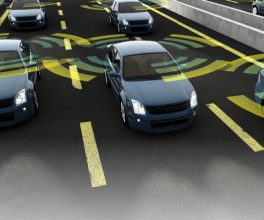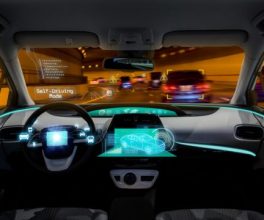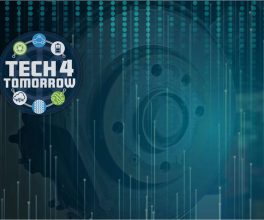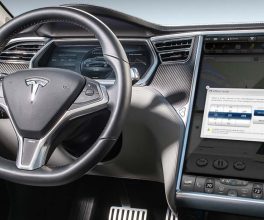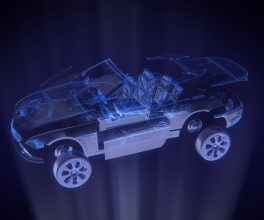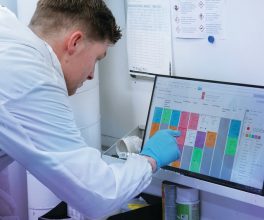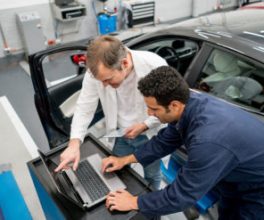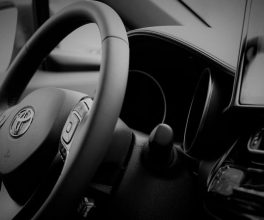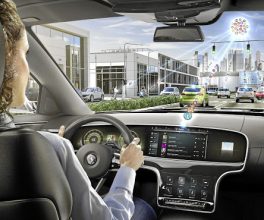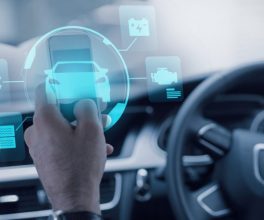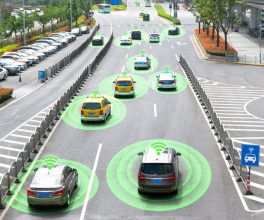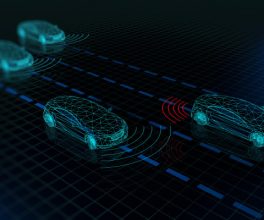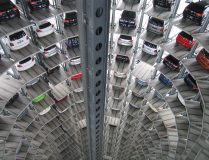Automobiles are now more connected than ever. Not only can they communicate with other vehicles and inanimate objects, but fully autonomous vehicles are potentially around the corner (if there are no more accidents). Because of this, vehicles are now more connected through a variety of wireless networks. These networks (like any network) are susceptible to cyber-attacks and cyber attackers have the potential to disable many essential functions in automobiles. In this article, we look at how machine-based learning can help to prevent any future cyber-attacks in automobiles.
What is Machine-Based Learning?
Machine-based learning is a form of applied artificial intelligence (AI) that enables a system to automatically learn and evolve by itself, without the improvements needing to be programmed by humans. Instead of being programmed, these systems recognize patterns and anomalies within a system to independently adapt to the requirements of the system. Machine learning systems learn using only the data within the system (and any new data from external connected networks) to produce independent computer thought processes and make their own decisions.
Machine-based learning is a general term for any AI system that can improve and learn by itself. In fact, there are many broad types of machine learning, and these include supervised machine learning, unsupervised machine learning, semi-supervised machine learning and reinforced machine learning, all of which include different sub-types.
How are Automobiles at Risk?
Automobile are now more susceptible to cyber-attacks than they have ever been. Automobiles have gone through many transformations in the last few decades – from being purely mechanical, to being composed of both mechanical and electrical parts, to now, where automobiles are connected to various wireless computer networks. Whilst these networks are great for interacting with car manufacturers, insurance providers, traffic lights, tolls, home networks and other vehicles, it does come at a price.
The price, is that they are at risk of cyber-attacks. Not only that, but these cyber-attacks have the potential to knock-out, or take control, of some essential functions in an automobile. These can range from disabling the brakes, to braking an individual wheel, and even stopping the engine. Risks from attackers taking remote control is not the only issue. These attackers could also infect the software of any autonomous vehicle with malware, or any other malicious computer virus. Any of these could be catastrophic, regardless of whether the car is user-controlled or autonomous and poses a great risk to public safety.
Protecting modern day vehicles is also a major challenge. These car networks are very complex and can contain a combination of Wi-Fi, cellular and dedicated short range communications (DSRC) to transmit and receive data from different sources. It is also hard to spot where an attack could come from when such large networks are used. Outdated technologies also pose an easy route for cyber-attackers, especially if their networks are no longer monitored.
How Machine-Based Learning Can Protect Automobiles
Traditional safety methods focus on protecting the electronics in an automobile, as these electronic systems have been used to control most of the functions in an automobile for many years. Machine-based learning techniques offer the potential for a new type of security in modern day network-connected automobiles.
In general, machine learning can help the automotive industry to better analyze threats and respond to any incidents that may occur. Machine learning also offers the potential to take over menial tasks which are often operated by network security teams, allowing these teams to focus on the actual threats.
So where does machine learning come in? To prevent cyber-attacks, as well as return attacks if the system has been previously breached, a lot of information and monitoring is required. Not only do you need to protect the system and find any potential entry points (and deal with them if they occur), the teams heading up the network security need to understand their potential attackers. This means that the security teams need to not only identify any potential attackers, but also how they may attack and what their motivations are. Only then can an effective response take place if an attack does occur.
Machine learning can aid with the data collection, pattern recognition and make calculated predictions about many of these questions. Machine learning can help with establishing behavioural profiles of any potential attacker. This not only aids network security teams in the data processing aspects, but also in providing a way to stop an attack once it has been initiated. Machine learning could also aid in the detection of anomalies in the systems of other automobile networks, not just the ones which are being monitored.
There are a few machine learning techniques which can be employed against cyber threats, including classification based techniques to detect when anomalies occur (although not the location of the anomaly); clustering based techniques to detect abnormal patterns; deep learning with an intrusion detection system (using deep neural networks) or deep learning that can detect attacks on the central area network bus; and sequential techniques for time-series anomaly detection.
Machine learning can also aid in areas other than the automobiles themselves. Because the networks from autonomous cars are so vast and complex, they feature connections with many other systems. Another system at risk from a potential attack is the automobile manufacturers – which then includes any internal systems related to the company itself and any of its manufacturing plants.
Sources:
Expert System: http://www.expertsystem.com/machine-learning-definition/
SAS: https://www.sas.com/en_gb/insights/analytics/machine-learning.html
Ben-Gurion University and IBM – Advanced Analytics for Connected Cars Cyber Security: https://arxiv.org/pdf/1711.01939.pdf
EY: https://consulting.ey.com/connected-cars/
MIT Technology Review: https://www.technologyreview.com/s/608618/hackers-are-the-real-obstacle-for-self-driving-vehicles/

